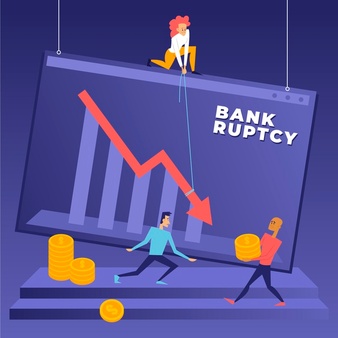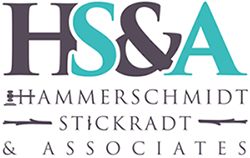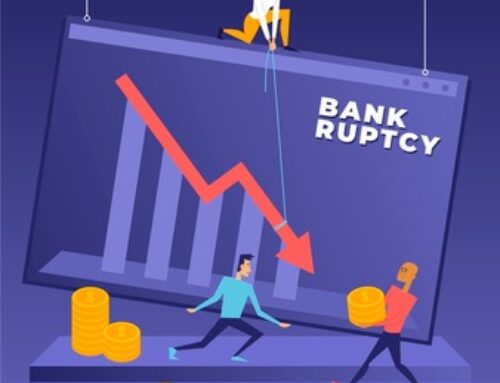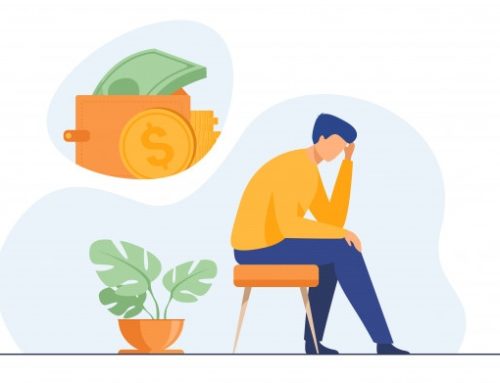Debtors who are faced with overwhelming debt often turn to bankruptcy for debt relief. Chapter 7 or liquidation bankruptcies are a type of personal bankruptcy that is commonly filed by consumers. Before you start your bankruptcy procedure, it’s important to have an idea of the process as a whole so you’ll be prepared throughout the bankruptcy filing. Read on below to have an overview of the eight steps to take in a Chapter 7 bankruptcy filing.
1. Check your eligibility.
The first thing you need to do before starting the bankruptcy procedure is to make sure that you’re eligible to file for bankruptcy Chapter 7. To qualify for a Chapter 7 bankruptcy filing, you’ll need to pass the means test.
The means test calculation takes your monthly income and living expenses to determine whether your disposable income is enough to repay your debts. If your income exceeds the state median level for your household size, you won’t be eligible to file bankruptcy under Chapter 7, but you can convert your bankruptcy case to a Chapter 13.
2. Fill-out the bankruptcy petition.
Once you’ve verified that you have eligibility for filing bankruptcy, the next step is to start filling out your bankruptcy petition. The bankruptcy forms will require you to list the creditors and amount owed for all your secured and unsecured debts. You’ll also need to provide a list of assets and property that you claim to be exempt. Speak with a local bankruptcy lawyer if you’re unsure which of your property qualifies for bankruptcy exemptions.
3. Complete a credit counseling course.

4. File your forms to the bankruptcy court.
When you’re done with the preparations, you can file a bankruptcy petition to the court and get your bankruptcy proceedings underway. You’ll need to pay a filing fee when you submit the bankruptcy forms, but you can apply for a fee waiver if you want the fees to be split into four payments.
5. Send additional paperwork to your bankruptcy trustee.
After filing bankruptcy, a bankruptcy trustee is assigned to your case. They’re tasked with verifying the accuracy of the information you provided, and they may request for additional paperwork to be sent. Make sure to respond to these requests as soon as you can.
6. Attend the meeting of creditors.
The scheduled meeting with creditors is one of the few times you need to go to court throughout the bankruptcy procedure. During the meeting, trustees will ask the debtors under oath about the information provided in the bankruptcy petitions. A creditor will also be allowed to ask questions about your property and finances.
7. Attend a debtor education course.
Before completing the bankruptcy proceeding, you need to attend a post-filing course. Similar to the pre-filing education course, you’ll receive a completion certificate for the debtor education course, which you then need to file to receive your bankruptcy discharge.
8. Receive your bankruptcy discharge.
Once you’ve gone through the bankruptcy process, you can then get your bankruptcy discharge. The discharge will eliminate your liabilities for most of your debts, which means you won’t have to repay these after you’ve declared bankruptcy unless you want to keep a property that the debt has a lien on. However, note that bankruptcy won’t be able to wipe out non-dischargeable debts, such as alimony, child support, tax debts, and student loans.
Take Control of Your Financial Future through Bankruptcy!
If you’re considering filing for bankruptcy, it’s best to speak to a trustworthy bankruptcy attorney who can help you explore your debt relief options. Our bankruptcy attorneys at Hammerschmidt Stickradt & Associates can provide you with legal assistance and help you take control of your financial future. Call us and get a free consultation today!



